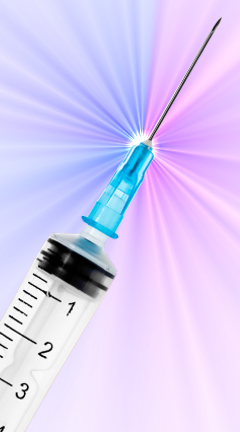Drug saviour risks assessed
 Naloxone training is not linked to riskier drug behaviour, experts say.
Naloxone training is not linked to riskier drug behaviour, experts say.
Naloxone, a life-saving medication capable of reversing opioid overdoses, has been distributed to those who inject drugs, sparking worries that users might engage in riskier behaviours.
However, a comprehensive survey of injecting drug users in Melbourne has provided compelling results that put these concerns to rest.
The study delved into the potential correlation between take-home naloxone training and an escalation in risky drug behaviour.
Naloxone's administration can be the difference between life and death in opioid overdose cases, making it an essential tool in harm reduction efforts.
Yet, critics question whether providing individuals with this life-saving remedy and the training to use it might inadvertently encourage riskier drug practices, such as increased drug use or solitary consumption.
To address these concerns, researchers turned to a comprehensive pool of data from a study conducted among injecting drug users in Melbourne.
Their findings were striking: out of the 189 participants with both pre- and post-training data, there was no discernible shift in key indicators like injection frequency, benzodiazepine use, or time spent using drugs alone.
In essence, the study validates the notion that providing take-home naloxone and training does not lead to riskier drug behaviour among users.
The study's significance stretches beyond its immediate findings.
It challenges long-standing reservations about take-home naloxone distribution, effectively strengthening the case for broader access to this intervention.
The study underscores the need for proactive initiatives to combat opioid-related fatalities, rather than curtailing access based on unfounded concerns.
The full study is accessible here.








 Print
Print